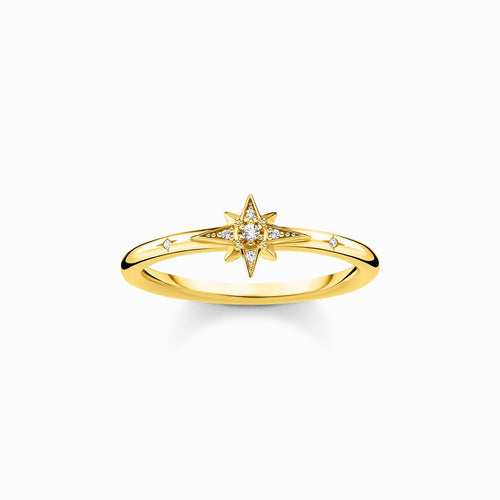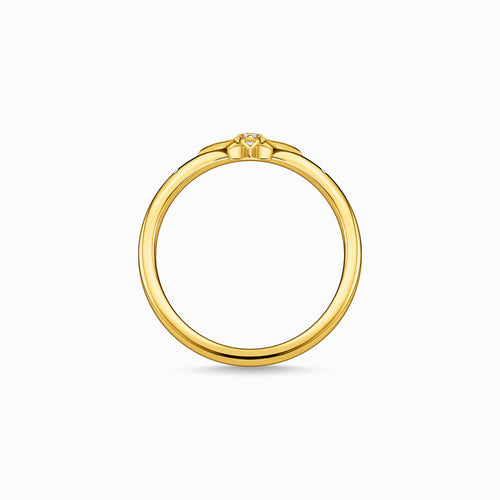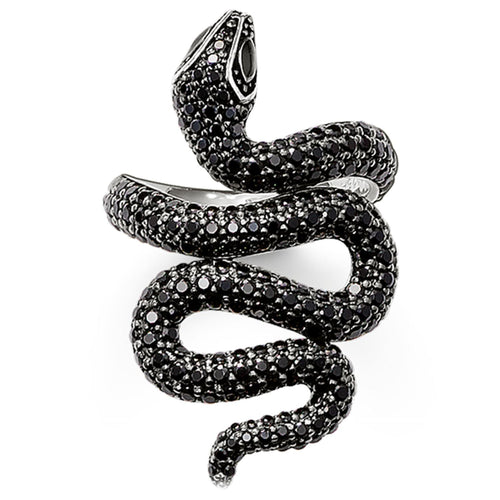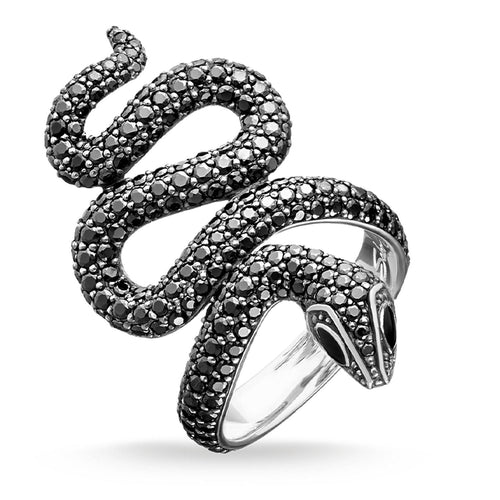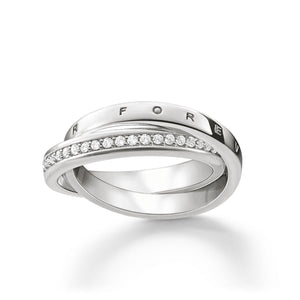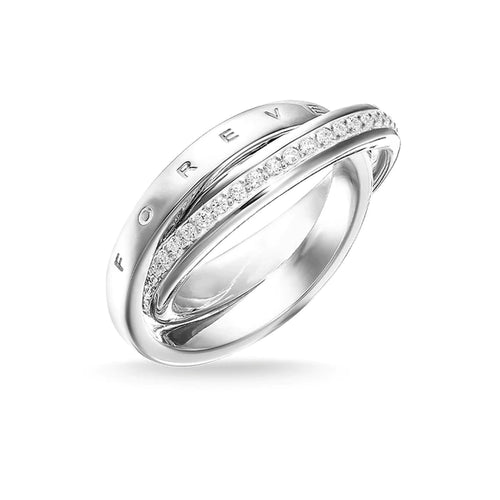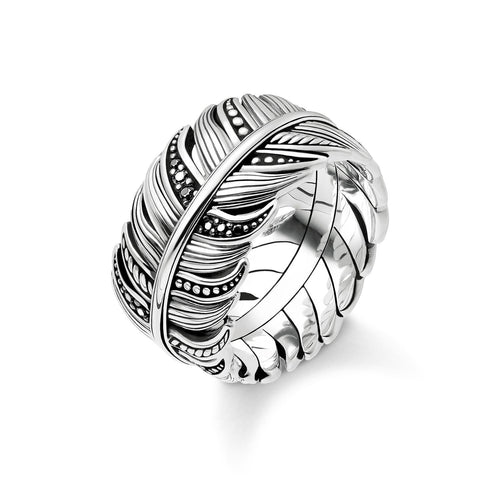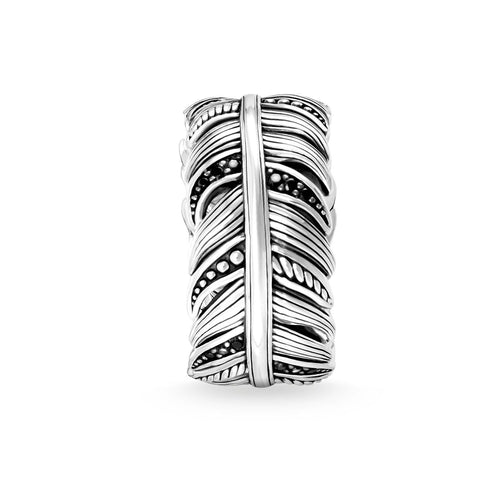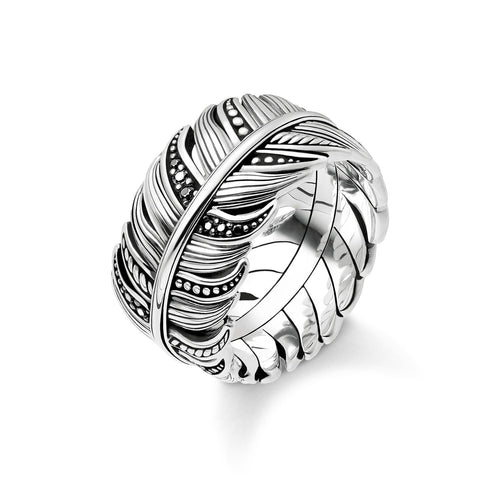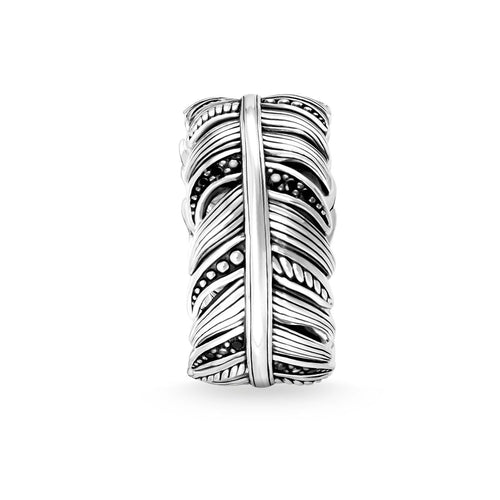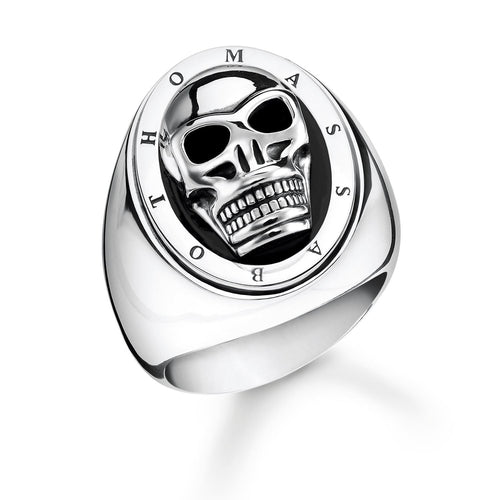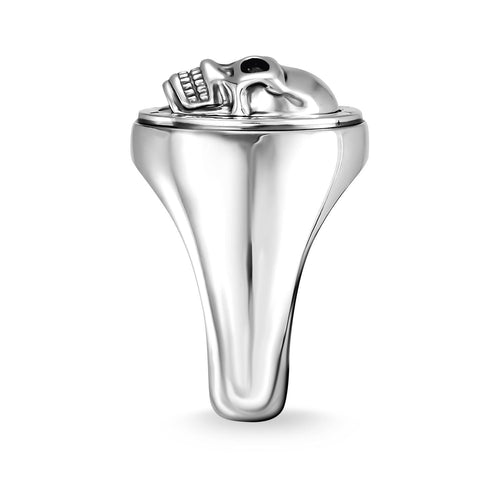Choosing the right setting for your jewelry is crucial to enhancing both its aesthetic appeal and security. Two popular settings are the claw set and prong set. Understanding their differences can help you make an informed decision for your next engagement ring or cherished piece.
Claw settings and prong settings offer distinct benefits and styles. The claw setting is known for its ability to hold the gemstone firmly, while the prong setting allows more light to pass through the stone, enhancing its brilliance. Both settings come in various styles, such as the full eight-prong setting, the four-prong setting, and the six-prong setting, each offering unique advantages.
Key Takeaways:
-
Claw setting: Offers a secure hold for gemstones.
-
Prong setting: Maximizes light exposure for enhanced sparkle.
-
Four-prong and six-prong settings: popular variations with different benefits.
This guide will delve into the specifics of each setting, helping you choose the best option for your jewelry needs.
What is the Difference Between a Claw Set and a Prong Set?
When it comes to choosing the right setting for your engagement ring, understanding the difference between a claw set and more metal than a prong set can make a significant impact on both the look and security of your gemstone.
Claw set and prong set are terms often used interchangeably, but they have distinct characteristics.
Claw Set
A claw set refers to a setting where the metal claws, or prongs, extend from the rounded tip to the base and curve over the gemstone to hold it securely. This style is popular for its ability to firmly grip the stone, making it an excellent choice for securing precious stones like diamonds and sapphires.
Prong Set
A prong set, on the other hand, uses metal prongs to hold the gemstone. This setting allows more light to enter the stone from different angles, enhancing its brilliance. The prong setting is a favorite for engagement rings due to its classic, elegant appearance.
Visual Differences
The visual differences between a claw prong set and a prong set are subtle but noticeable. Claw prongs tend to be more rounded and prominent, often adding a vintage charm to the ring. Prong settings are typically sleeker and can vary in style, such as round prongs, v-shaped prongs, or pointed prongs.
Functional Differences
In terms of function, the claw setting is renowned for its security. The claws hold the stone securely, reducing the risk of it falling out. This makes the claw set ideal for engagement rings that are worn daily.
The prong setting, while also secure, is designed to enhance the stone's brilliance by allowing more light to pass through. This makes it perfect for showcasing the center diamond or center stone in an engagement ring. Styles like the six-prong setting or eight-prong setting are particularly popular for their balance of security and light exposure.
Both claw sets and prong sets offer unique benefits and styles. The choice between them often comes down to personal preference, the design of the ring, and the desired balance between security and brilliance. Whether you opt for a claw setting for its classic charm or a prong setting for its dazzling light performance, understanding these differences will help you make an informed decision for your jewelry.
Prong Setting
A prong setting is a classic and versatile ring setting where metal prongs extend from the base and grasp the center stone securely. This type of setting is immensely popular in engagement rings and diamond rings due to its ability to showcase the diamond or gemstone shapes prominently.
Types of Prong Settings
-
Four Prong Setting: Features four prongs, providing a balanced hold and allowing maximum light to enter the diamond.
-
Six Prong Setting: Offers extra security with six prongs, ideal for larger stones.
-
Double Prong Setting: Uses two prongs at each corner for added stability and a unique look.
Common Uses in Jewelry
Prong settings are widely used in various types of jewelry, from solitaire engagement rings to intricate designs with multiple stones. They are particularly favored in diamond engagement rings for their ability to enhance the stone’s brilliance. Whether it's a full-round diamond prong setting or v-shaped prongs, these settings are designed to hold precious stones firmly while allowing them to shine.
Advantages and Disadvantages
Advantages:
-
More light: Prong settings allow more light to pass through the stone, enhancing its sparkle.
-
Versatility: Suitable for different prong styles and diamond shapes.
-
Classic look: Timeless appeal in engagement ring designs.
Disadvantages:
-
Maintenance: Prongs can wear down or get damaged over time.
-
Sharp edges: Some pointed prongs may catch on clothing.
Whether you prefer the elegance of a four-prong setting or the security of a six-prong setting, understanding the benefits and potential drawbacks of prong settings can help you make the best choice for your engagement ring.
Prong Settings Variations
Understanding the different prong settings can help you choose the perfect engagement ring or piece of jewelry that best suits your style and needs. Here, we explore the popular variations: four-prong setting, six-prong setting, and double-prong setting.
Four-Prong Setting
The four-prong setting is a classic choice for many diamond engagement rings. It features four metal prongs that hold the center diamond securely in place while allowing maximum light to pass through the stone. This setting is ideal for showcasing round-cut diamonds and other diamond shapes.
Uses and Benefits:
-
Maximal light exposure: The minimal metal coverage allows more light to enter the stone, enhancing its brilliance.
-
Elegant and timeless: The simplicity of the four-prong setting makes it a versatile choice for various engagement ring designs.
-
Secure setting: Despite having fewer prongs, it still provides a strong hold for the center stone.
Six-Prong Setting
A six-prong setting adds two additional prongs for extra security. This style is particularly popular for larger stones and those who prefer an added layer of protection.
Uses and Benefits:
-
Enhanced security: With six prongs, the stone is held more securely, reducing the risk of it coming loose.
-
Balanced appearance: The six-prong design provides a symmetrical look, which is aesthetically pleasing, especially for round diamonds.
-
Classic appeal: Often seen in the iconic Tiffany setting, this style is a go-to for many traditional engagement rings.
Double Prong Setting
The double prong setting features pairs of round prongs at each corner or side of the gemstone. This button-prong setting style offers both a unique look and additional stability.
Uses and Benefits:
-
Distinctive design: The double prongs create a distinctive, refined look that can make your ring stand out.
-
Added security: Similar to the six-prong setting, double prongs offer extra grip, making it a reliable choice for valuable stones.
-
Variety of styles: Double prong settings can be found in various forms, such as double claw prong setting or v-shaped prongs, adding to the versatility in ring settings.
Quick Comparison
Choosing between these prong setting styles and variations depends on your priorities—whether it's the secure setting of a six-prong setting, the elegant simplicity of a four-prong setting, or the distinctive style of a double prong setting. Each has its own advantages, ensuring your engagement ring or other jewelry piece not only looks stunning but also securely holds your precious center stone.
Claw Prong vs. Other Prong Styles
When selecting the perfect engagement ring, understanding the various prong styles can make a significant difference. One of the most popular styles is the claw-prong engagement ring, known for its elegant yet secure design. But how does it compare to other various prong engagement ring styles, like rounded prongs or v-prongs?
Claw Prong
A claw prong is a specific type of prong setting where the prongs resemble tiny claws that grip the center stone securely. This one-prong style is particularly favored for its combination of security and aesthetic appeal. Claw prongs can be found in other settings, like the double claw prong setting, adding an extra layer of elegance and strength.
Features of Claw Prong:
-
Secure hold: The claw design grips the stone firmly.
-
Aesthetic appeal: Adds a classic, vintage look to the diamond engagement ring.
-
Versatile: Works well with various diamond shapes and gemstone shapes.
Rounded Prongs
Rounded prongs are another common prong style. These prongs are smooth and curved, creating a softer, more modern look. They are less likely to be tab prongs to snag on clothing, making them a practical choice for everyday wear.
Features of Rounded Prongs:
-
Smooth edges: Less likely to catch on fabrics.
-
Modern appearance: Offers a sleek, contemporary look.
-
Light exposure: Allows significant light to enter the center diamond, enhancing its brilliance.
V Prongs
V prongs are designed to protect the corners of stones with pointed ends, such as pear-shaped stones or princess-cut diamonds. The V-prong shape cradles the stone securely, preventing chips or damage to the stone's delicate points.
Features of V Prongs:
-
Corner protection: Ideal for stones with pointed corners.
-
Unique design: Adds a distinctive look to the ring setting.
-
Security: Provides excellent support and security for the center stone.
Visual and Structural Differences
Visually, claw prongs tend to be more prominent and can give the ring a slightly more intricate appearance compared to rounded prongs. V prongs, on the other hand, stand out due to their unique circular shape and are specifically functional for certain diamond ring shapes.
Structurally, claw prongs offer a robust grip, making them ideal for securing the stone securely. Rounded prongs provide a balance between security and comfort, while v-prongs are specialized for protecting the corners of the stone.
Quick Comparison
Choosing between claw prong and other prong styles depends on your personal preference and the specific needs of your engagement ring. Whether you prioritize a secure setting, a particular ring design, or the protection of your precious stones, understanding these options will help you make the best choice.
Engagement Rings and Prong Settings
Choosing the perfect engagement ring is a thrilling yet daunting task, and one of the key decisions is selecting the right prong setting. Prong settings are immensely popular in engagement rings due to their ability to enhance the center diamond and overall design.
Popularity of Prong Settings in Engagement Rings
Prong settings are a favorite among couples because they offer a timeless and elegant look. The design channel settings allow for various diamond shapes and gemstone shapes to be showcased beautifully, making it a versatile choice for different styles of engagement rings. From the classic four-prong setting to the secure six-prong setting, these settings have been trusted for decades to highlight the brilliance of the stone.
Benefits of Prong Settings for Engagement Rings
-
Enhanced Light Exposure: Prong settings, especially the four prong setting and six prong setting, allow more light to pass through the center stone, maximizing its sparkle.
-
Versatility: Suitable for a range of diamond shapes and prong styles, such as round prongs and v-shaped prongs.
-
Classic Appeal: Timeless designs like the Tiffany setting and halo setting often use prongs to create an elegant and sophisticated look.
-
Security: Settings like the double prong or double claw prong setting offer added security, ensuring the stone is held firmly in place.
Examples of Prong-Setting Engagement Ring Designs
-
Solitaire Engagement Rings: These rings feature a single center diamond held by prongs, allowing the stone to take center stage.
-
Halo Setting: A central stone surrounded by smaller stones, with prongs holding each gem securely.
-
Cathedral Setting: The prongs extend from the band in an arch-like fashion, elevating the stone and adding a touch of grandeur.
-
Bezel Setting vs. Prong Setting: While bezel settings encircle the stone with metal, prong settings use fewer materials, highlighting more of the stone and giving it a lighter appearance.
-
V Prong and Rounded Prong Settings: These styles protect the stone’s corners and edges, respectively, combining aesthetics with practicality.
Quick Comparison
Prong settings in engagement rings not only enhance the stone's beauty but also ensure that it is held securely, allowing you to cherish your diamond engagement ring for a lifetime. Whether you prefer the simplicity of a solitaire setting in a wedding ring or the intricate beauty of a halo setting, prong settings in a wedding ring offer the perfect blend of elegance and practicality.
Special Prong Settings
When it comes to engagement rings, the type of prong setting you choose can significantly impact the ring’s overall look and feel. Special prong settings, like the halo setting, Tiffany setting, cathedral setting, and bezel setting, each offer unique advantages and styles. Let’s explore these distinct and round prong settings to help you find the perfect ring design.
Halo Setting
The halo setting is a dazzling choice that features a circle of smaller stones surrounding the center diamond. This creates the illusion of a larger stone and adds extra sparkle. The four prong settings used in a halo design hold each small stone securely, enhancing the ring's brilliance.
Tiffany Setting
The Tiffany setting is a timeless and iconic design known for its simplicity and elegance. This setting uses four or six prongs to hold the center diamond high above the band, allowing maximum light exposure.
Cathedral Setting
The cathedral setting features four prongs that extend from the band in graceful arches, elevating the center diamond. This setting adds a touch of drama and sophistication to the engagement ring.
Bezel Setting vs. Prong Setting
In contrast to prong settings, the bezel setting encircles the center stone with a continuous band of metal, offering a sleek and modern look. While prong settings allow more light and can make the diamond appear larger, bezel settings provide unmatched security.
Understanding these special prong settings helps in making an informed decision when selecting the perfect engagement ring. Whether you prioritize sparkle, security, or elegance, there’s a prong setting that will beautifully complement your diamond ring.
Choosing the Right Setting for Your Jewelry
Selecting the ideal ring setting for your jewelry involves more than just aesthetics; it's about finding the perfect balance between style, security, and functionality. When deciding between a claw set and a prong set, or any other prong style, consider the following factors:
Factors to Consider
-
Personal Preference: Your taste is paramount. Do you prefer the vintage charm of a claw prong or the modern elegance of rounded prongs?
-
Stone Shape: Different settings suit various diamond shapes and gemstone shapes. For instance, v-prongs are perfect for pear-shaped stones, while a round-prong setting complements round diamonds.
-
Security: How secure do you need your stone to be? Double prongs and six prong settings offer added security, ensuring the stone stays in place.
Practical Tips
-
Match the Setting to the Stone: Choose a setting that enhances the center stone. A halo setting can make a smaller stone appear larger, while a Tiffany setting highlights the brilliance of a round-cut diamond.
-
Consider Lifestyle: If you lead an active lifestyle, settings like the bezel setting or double claw prong can provide extra security and protect the stone from damage.
-
Test for Comfort: Ensure the prongs don’t have sharp edges that might catch on clothing. Rounded tips and button prongs can be more comfortable for everyday wear.
-
Think About Maintenance: Prong rings may require more frequent checks to ensure the prongs remain tight and secure.
Choosing the right prong setting can enhance the beauty and longevity of your diamond engagement ring or other cherished pieces. Whether you opt for a cathedral setting for its dramatic effect or a solitaire setting for its classic simplicity, the right choice will reflect both your style and practical needs.
Conclusion
Choosing between a claw set and a prong set is a personal decision that impacts the beauty and security of your engagement ring. Prong settings like the four-prong setting or the six-prong setting each offer unique benefits, from enhancing the center diamond to providing added security with double prongs or v-shaped prongs. Whether you prefer the classic elegance of a Tiffany setting, the sparkle of a halo setting, or the dramatic appeal of a cathedral setting, understanding the different prong styles helps you make an informed choice.
Remember to consider factors like personal preference, stone shape, and how securely the stone fits in the ring setting. From solitaire engagement rings to intricate designs with multiple stones, the right ring setting will reflect your style and ensure your diamond engagement ring remains stunning for years to come. Choose wisely, and let your own engagement ring settings and design tell your unique love story.
FAQs
1.What is the difference between a claw set and a prong set?
The main difference lies in the shape and style of the prongs. Claw prongs resemble tiny claws that grip the center stone securely, often adding a vintage charm to the ring setting. In contrast, prong settings can vary widely, including four prong settings, six prong settings, and rounded round prongs, each offering different levels of light exposure and security.
2. Which prong setting is best for an engagement ring?
Choosing the best prong setting for an engagement ring depends on personal preference and the diamond shape. Four-prong engagement ring settings are popular for their balance of security and light exposure for round stones, while a six-prong setting provides extra security and is ideal for larger stones.
3. Are claw prongs secure for diamonds?
Yes, claw prongs are very secure. They grip the diamond firmly, reducing the risk of the stone falling out. Settings like the double claw prong offer additional security, making them perfect for diamond engagement rings.
4. What are the benefits of a Tiffany setting?
The Tiffany setting is renowned for its classic elegance and ability to maximize light exposure. Using six prongs, it holds the center diamond high above the band, enhancing its brilliance and creating a timeless look.
5. How does a halo setting enhance the appearance of an engagement ring?
A halo setting features a circle of smaller stones surrounding the center stone, which adds extra sparkle and makes the central diamond appear larger. This setting is perfect for those who want maximum brilliance and a glamorous look.
These FAQs should help clarify common questions about prong ring settings and guide you in choosing the best prong setting style for your engagement ring
Gift Ideas For You











